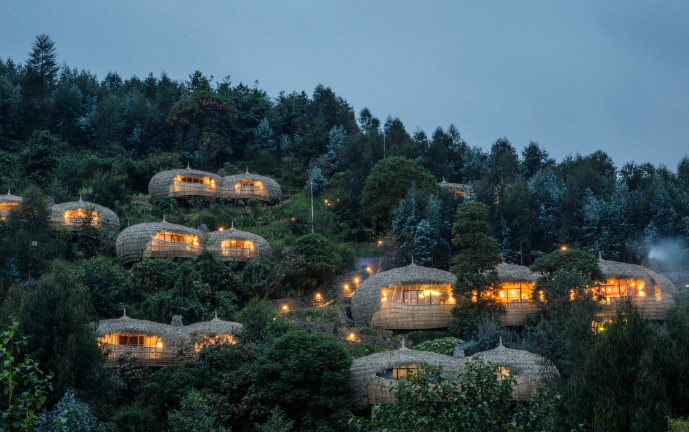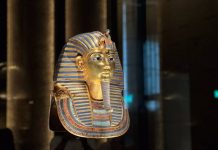Nyanza Unveils Bold Vision to Elevate Cultural Tourism and Eco-Development
Nyanza, Rwanda – In a move that reaffirms Rwanda’s dedication to heritage preservation and sustainable development, Nyanza District has integrated the historic Nyamagana Dam—believed to have been built during the reign of King Mutara III Rudahigwa—into its ambitious new land use master plan. The dam, originally constructed in response to the devastating 1943–44 Ruzagayura famine, continues to serve the community through irrigation and fish farming, and is now being revitalized as part of Rwanda’s eco-tourism and cultural heritage push.

The initiative, spearheaded by the National Land Authority (NLA) in collaboration with district authorities, builds on Nyanza’s deep-rooted royal legacy and unique natural landscapes. According to Alexis Rutagengwa, Head of Land Use Management and Mapping at the NLA, the revised plan prioritizes sustainable development while preserving the district’s historical and ecological identity.
From Heritage to Innovation: The New Face of Nyanza
Under the revised master plan, Nyanza is set to emerge as a premier cultural tourism hub, with major projects including:
- Eco-friendly trails connecting heritage sites and natural attractions
- The development of cultural waterways and a wellness circuit centered on Bishya and Nyamagana dams
- Expansion of hospitality infrastructure to enhance the visitor experience
- The creation of a Rwf 4.5 billion Cultural Village, led by the Rwanda Cultural Heritage Academy (RCHA), to showcase Rwandan traditions and arts
This transformation is backed by a clear development strategy that links the district’s past with its future. Nyanza recently commemorated 125 years since its founding by King Yuhi V Musinga, and later became the seat of Kings Mutara III Rudahigwa and Kigeli V Ndahindurwa—cementing its reputation as the heart of Rwanda’s cultural enlightenment.
Iconic Sites Driving Tourism
Nyanza already welcomes over 70,000 visitors annually, drawn to landmarks like the King’s Palace Museum (Urukari), a magnificent example of traditional Rwandan architecture and royal heritage. The palace is home to the Inyambo, majestic long-horned royal cows symbolizing prestige and tradition.
Adjacent to it stands the 1931 modern palace, the former residence of King Rudahigwa, now a museum tracing Rwandan history to the 15th century. Nearby, Mwima Hill houses the royal mausoleum of Kings Rudahigwa and Kigeli V, and Queen Rosalie Gicanda—further enriching the district’s spiritual and cultural significance.
Infrastructure for a Growing Future
To support its growing role as a regional tourism and development hub, Nyanza’s master plan outlines several high-impact infrastructure initiatives:
- Integrated roads and public transport upgrades
- Agro-processing and innovation zones to empower local agriculture
- Climate-smart irrigation and land restoration projects
- Home-based livestock farming and youth development programs
- A youth and sports hub, including a new Olympic-standard stadium with a 20,000-seat capacity, to be built in Rwabicumu Sector at a cost of Rwf 145 billion
Urbanization and Population Growth
With a current population of 323,719 (2022), Nyanza is poised for significant growth, projected to reach 503,937 by 2035 and 729,500 by 2050. The district aligns with Rwanda’s national urbanization strategy, aiming for 70% urban population by 2050. Nyanza targets 53% urbanization by 2035, contributing to the country’s vision of modern, inclusive development.
Nyanza’s new master plan stands as a model of visionary planning—where culture meets innovation, and heritage fuels a sustainable future for Rwanda.
BY: The Times Union







